As Hallowe’en draws near, our thoughts in the Digital Media team have turned to the dark side. We’ve been trawling through Victorian photos of spirits and ghosts, tracking down spooky objects in our collection and pondering weird questions. Like…
Why is this firefighter dressed like a diver?
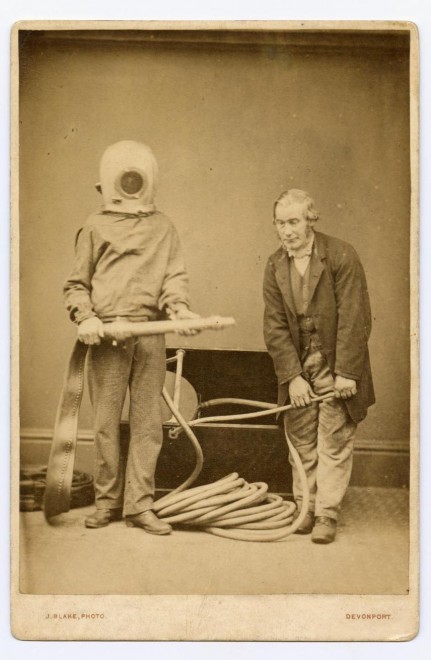
Why are these skeletons wearing 3D glasses?
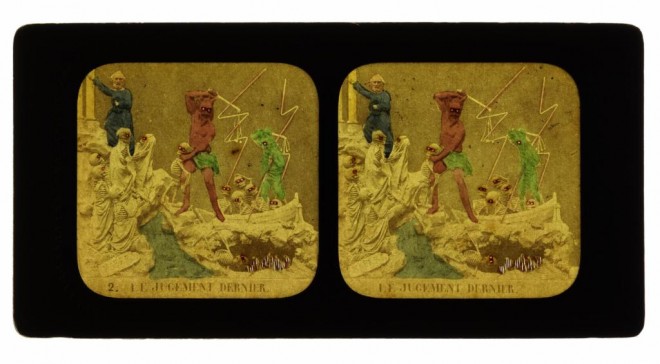
And what on earth is going on in this picture?
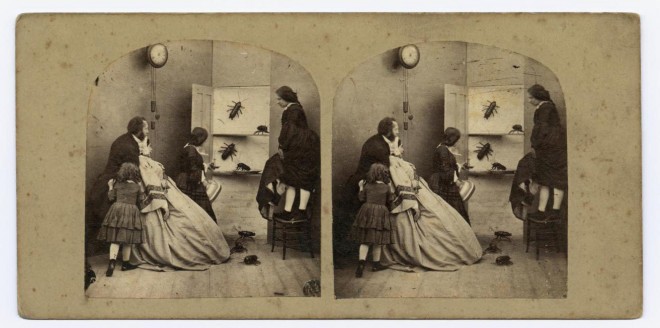
But these Victorian mysteries pale into insignificance beside some of the questions raised by objects in our collection. Here, then, just in time for Hallowe’en, are the top five mysteries in the National Museum of Scotland…
1. Who was the Ballachulish woman?
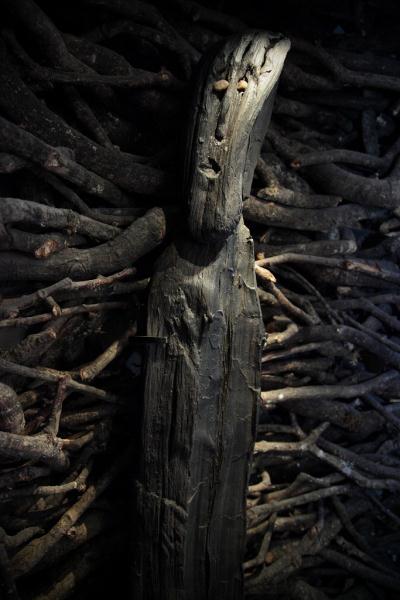
This carved sculpture of a female dates from around 600 BC, making her the oldest human figure found in Scotland. She was discovered in November 1880, buried under deep peat, near the shore of Loch Leven in Ballachulish, yet her origins remain unknown. Is she a fertility goddess, or a supernatural guardian of the dangerous straits linking Loch Leven with the sea? We may never know.
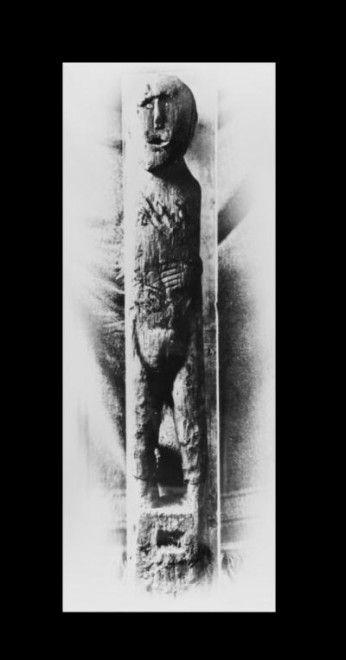
You can read more about the Ballachulish woman here.
2. Who wore silver chains like these?
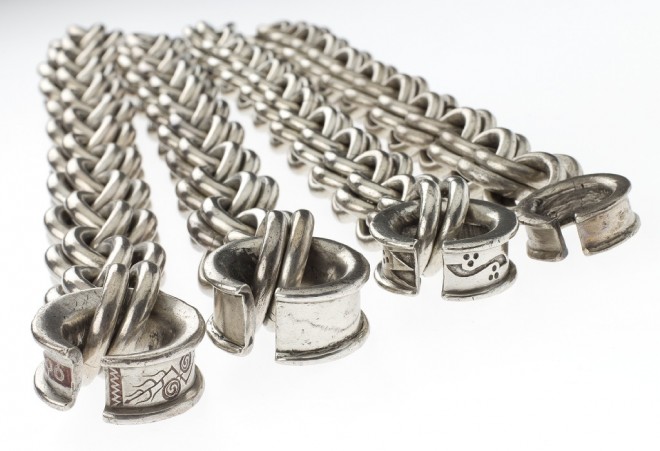
Eleven heavy silver chains like these have been found in Scotland, and nine survive today. They were made some time between 400 and 800 AD – it isn’t possible to date them any more closely because they were found a long time ago, so our archaeologists don’t have the kind of contextual information they’d have if they’d been discovered more recently. The chains were clearly potent symbols of power in Pictish times, yet we’re still not entirely sure what they were for. They look like neckpieces fit for a king, yet appear to be too small to fit a man. Were they worn by women, or even children? Our archaeologists are still investigating.
You can find out more about our research project into Scotland’s early silver here.
3. Who was the Qurna queen?
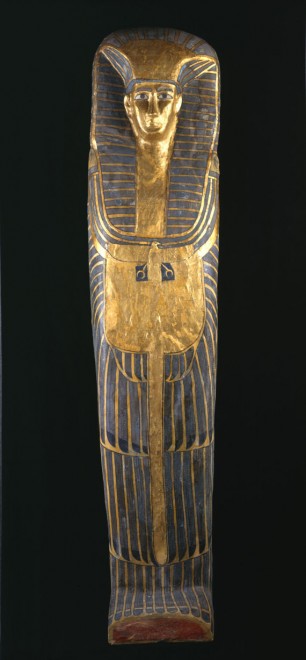
In 1908, Egyptologist Flinders Petrie discovered an undisturbed Ancient Egyptian burial in Qurna, Thebes. The coffin contained the mummy of a slender woman, aged about 18-25, adorned with magnificent gold jewellery. With her was the white-painted coffin of a 2-3-year-old child.
The grave goods buried with them suggest exceptional wealth, possibly even a royal link. Recent analysis has revealed that some of the woman’s jewellery had been newly-created from extremely high-purity gold by very skilled craftsmen; another item was probably a family heirloom, worn down over a long period of time. The child’s jewellery seems to have been hastily assembled for the burial from re-used and recycled items, for example, the earrings are made from old necklace clasps. While we cannot be certain of their relationship, the child’s jewellery appears to have been created to imitate the woman’s, suggesting an attempt to link them, possibly as mother and child. Yet the inscription on the coffin is damaged, and their identities remain a mystery.
In the future, advances in ancient DNA analysis may provide additional clues to their identities. Although we might never know exactly who they were, we’re continuing to learn more about their lives and the world in which they lived.
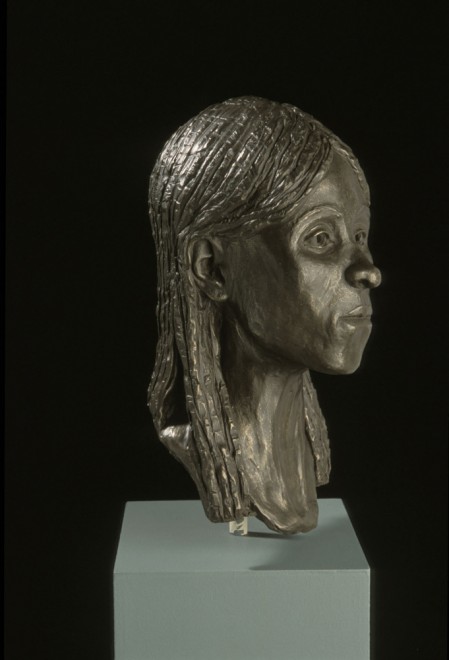
Discover more about the Qurna queen and the efforts to identify her here.
4. Who buried these tiny coffins?
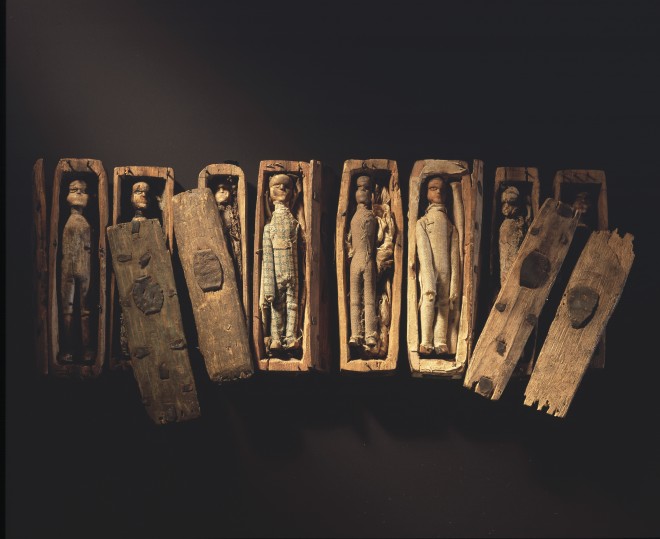
In late June 1836, a group of boys headed out to the north-east slopes of Edinburgh’s Arthur’s Seat to hunt for rabbits. There they discovered 17 miniature coffins, each containing a tiny carved corpse. A media sensation from the moment they were unearthed, the coffins have excited speculation and intrigue ever since. Eight have survived, and have been on display in the National Museum of Scotland almost constantly since they were donated in 1902, attracting curious visitors from around the world. Are they connected to witchcraft practices? Or do they link to the murders carried out by Burke Hare in 1828? We can’t be sure.
Discover the secrets of the Arthur’s Seat coffins here.
5. What is the secret of the universe?
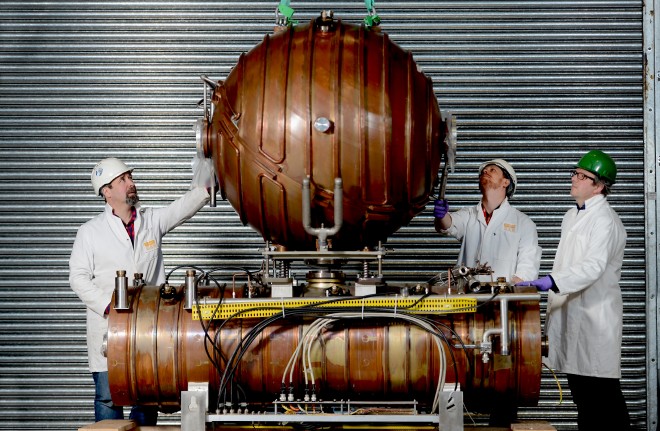
This copper accelerating cavity was used in Large Electron Positron (LEP) collider at CERN from 1989 to 1995, when it was replaced. At CERN, the European Organization for Nuclear Research, physicists and engineers study the biggest mysteries of all: the mysteries of the universe. Using the world’s largest and most complex scientific instruments, they study the basic constituents of matter – the fundamental particles that make up everything. Will scientists ever be able to pin down the true nature of the world? Machines like LEP are helping them try.
Find out how the cavity has helped advance our knowledge of matter here.
